rjenkinsgb: Can you verify my last post, thats how i should connect the speakers ? Would you advice parallel or series connection of woofer and tweeter ? I need to know that to design the crossover.
audioguru: I am making multiple speakers, right now i am making a big one. I know how to calculate speaker enclosure so don't worry about that. I know i will need crossover, im working on it and someone is helping me. But first i need to know how to connect the speakers. I am using 25.6V 6S batteries and don't plan to switch to lower voltage anytime soon. As for distortion, we already talked about that. I will simply turn on the speaker, put on the loudest song, set mobile phone volume to 100%, increase the amplifiers volume knob until i hear distortion that is being annoying. And then i will glue the knob in place. I use mobile phones volume to control the speaker so if i ever have mobile phones volume at 100%, you better belive it that me or someone near me wants it to be as loud as possible and doesn't care about sound quality in the least. I have been trying to explain to you how i use my speaker. It is always used in a very loud place with a lot of people and alcohol involved. So after people have drank 6 beers, they just want to hear that silly disco or euro dance song from their youth as loud as possible. And belive me, no matter how strong the speaker is, even if its loud enough to wake the dead, there will always be someone that will say "i love that song, increase the volume !!". Now i understand that my usecase for the speaker is unique, what with most people here being sort of audiophiles or at least know what audio quality is. But this is not what this speaker is for. Sure i wan't it to sound as good as it can within my low budget, but loudness is number 1 priority and second is bass. Now when/if i make speakers for when im at home, listening to classical music, then i will go about it in a completely different way. But right now, im making a boombox.
As i mentioned, a very nice guy from this forum is helping me with the crossover since i never did anything beyond 1st order. He already made a nice crossover, i wont even pretend i understand it but he knows what hes doin since people loved his design. The bad news is that he made that crossover under the assumption that i will be using 2 mono channels and on each channel 1 speaker (on 1 channel woofer, on the other tweeter). But that is out of the question now since i am basicaly only getting 1 output. So if i connect the speakers to the same terminals, meaning in parallel, i suddenly have only 2 ohm impedance for which i have no freakin idea what is going to happen, if the amp is even ok with such low impedance. And if i connect the speakers in series, then again it needs a completely new crossover and probably brings tons of new problems. So i really need someone to clarify those important questions for me.
Do i connect in series or in parallel ? And why ?
Not that it makes any difference but to satisfy some curiosity, i am using the tweeter and woofer i bought for this project a long time ago and i have them at home. Woofer is SB Acoustics SB20PFC30-4 8", tweeter is Dayton Audio ND16FA-4 5/8". And i know i sound grumpy and i really am. Because i want this ready for my birthday party which is really not far away. So please, no more distortion and shrieking talk. Just say, put the red wire in the terminal (and i am quoting Al Bundy here so you know its serious !

)
Anyway, waiting for your replies so i can get to work. Let's go !! (Quoting A.B. again

)

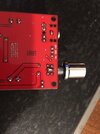
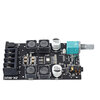

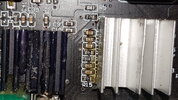
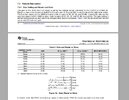
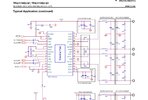
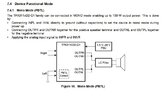
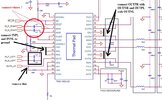
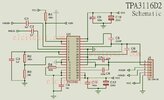
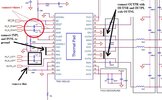
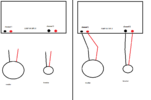
 )
) )
)